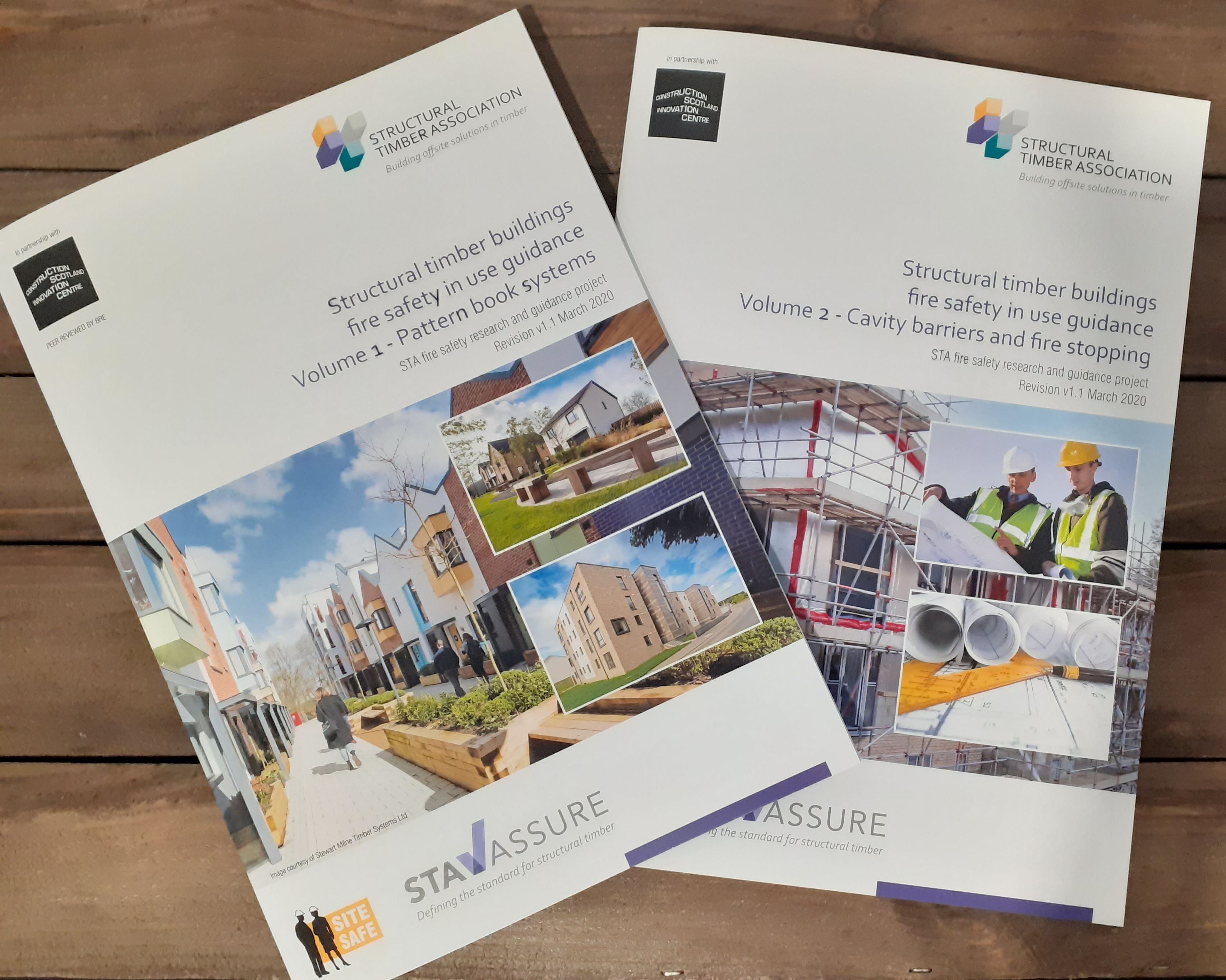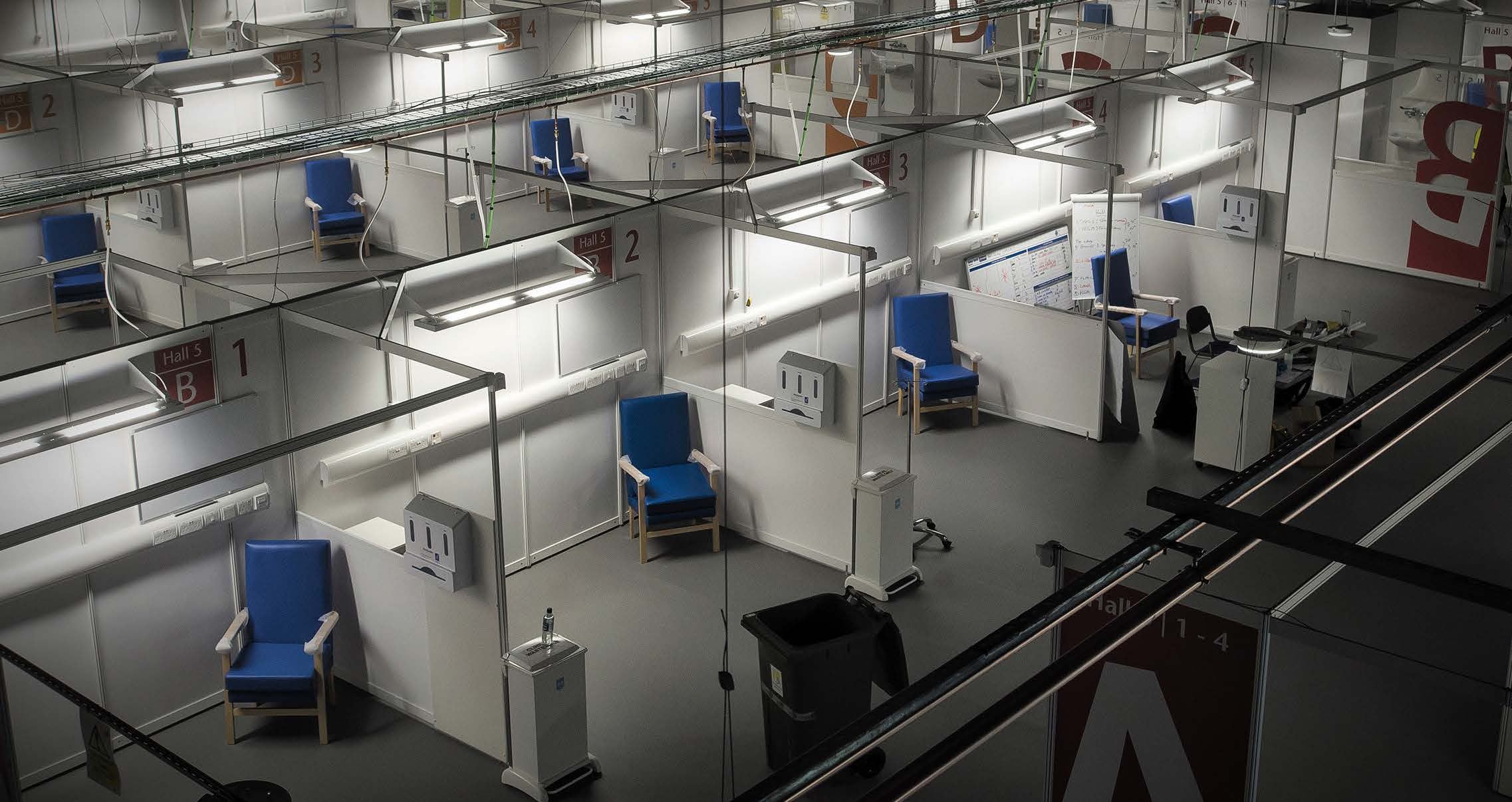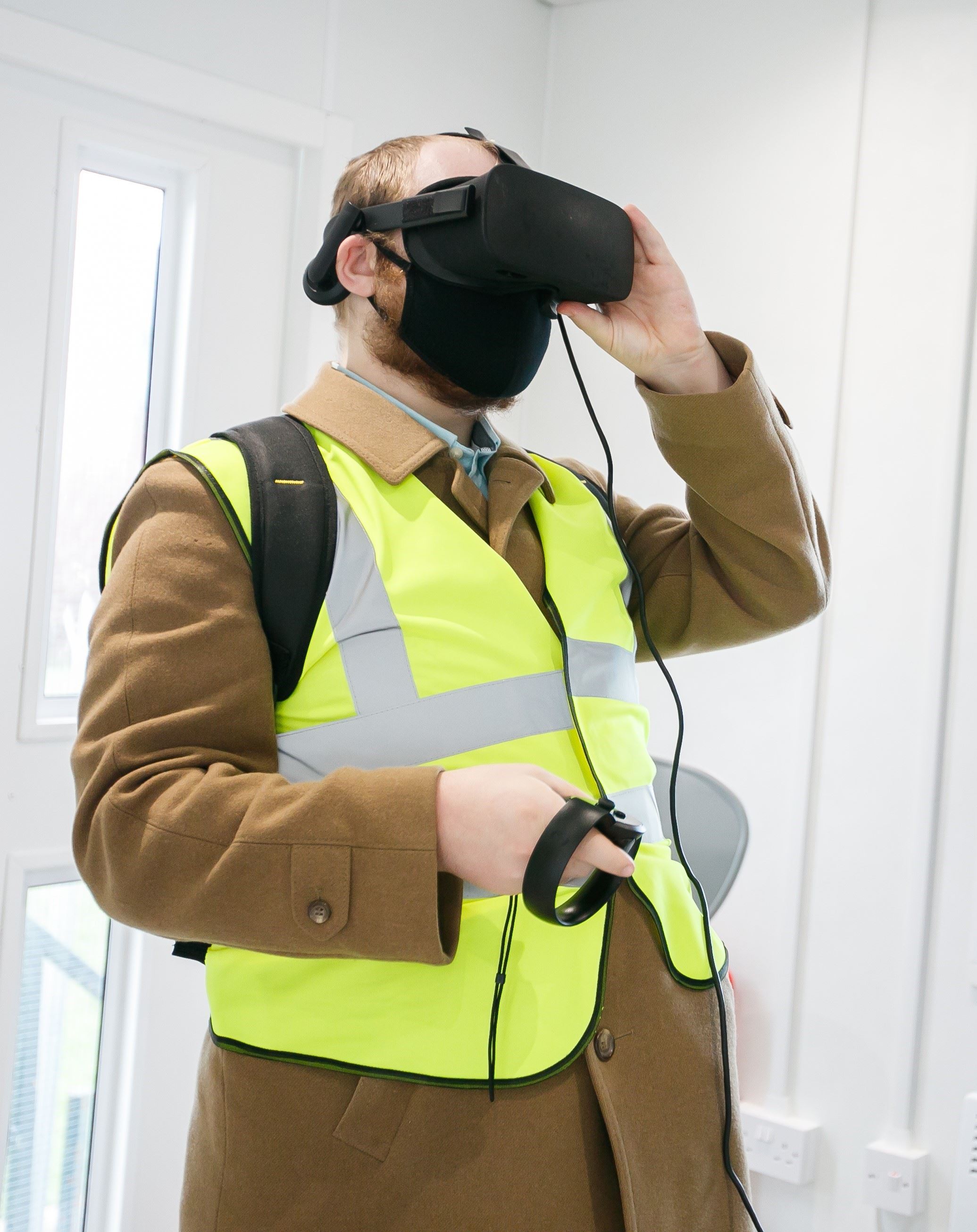Content
The Accelerate to Zero Hero: Agile City
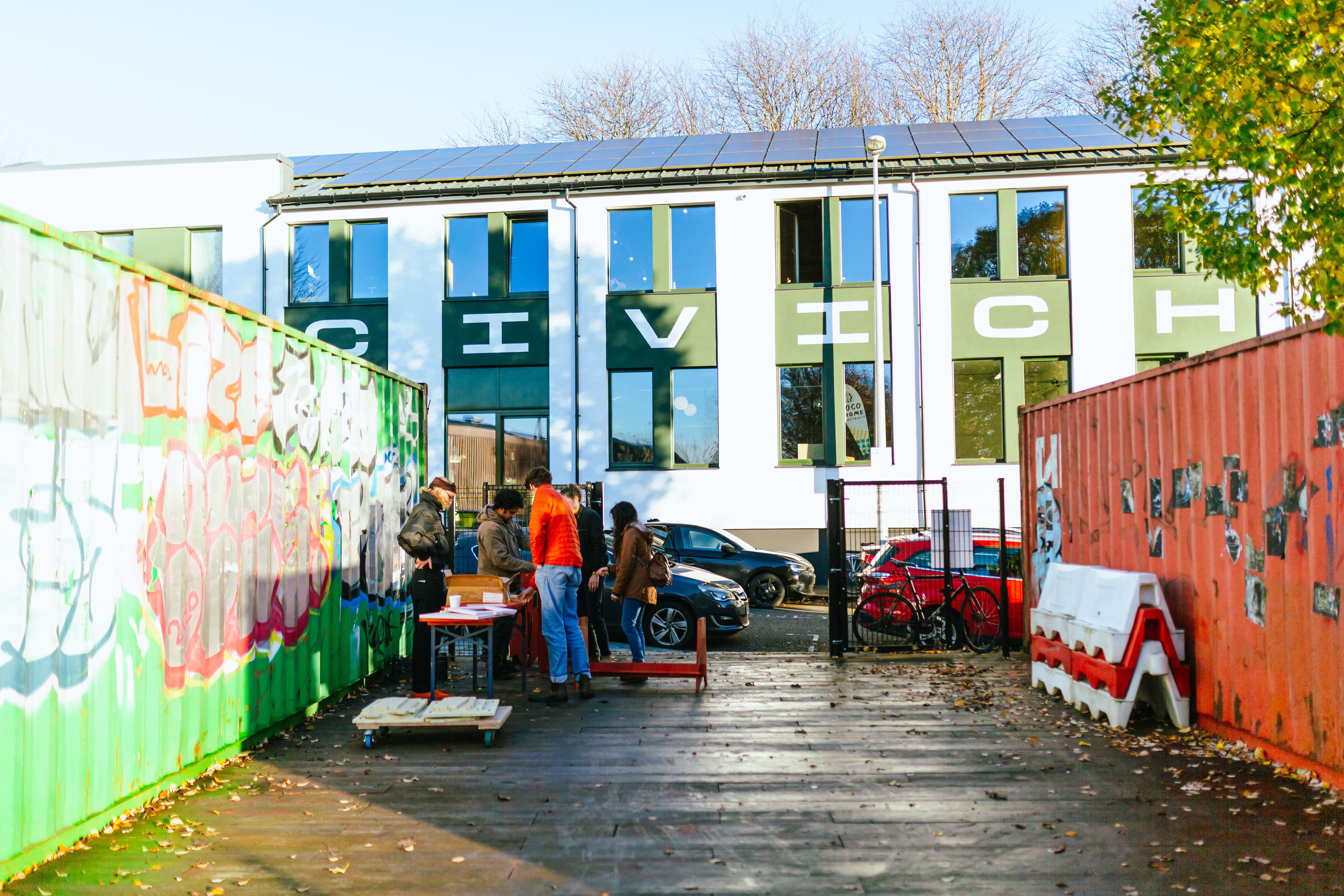
What started as a printworks has turned into a hub of cultural activity and social enterprise. Run by Agile City, Civic House is a building that brings together a range of activities – coworking, festivals, workshops, talks and social events with the goal of building a positive future for the local area at Spiers Locks on the Glasgow Canal.
Civic House has recently been retrofitted to EnerPHit Standard as well as being transformed into a small-scale power plant – generating three times as much electricity as it consumes over the course of the year.
It was also the winner of our Accelerate to Zero Hero Award this year which recognises the best overall contribution to decarbonising the built environment.
The founding of Civic House
We spoke to Rob Morrison, Director of Agile City about the inspiration behind Civic House. He said, "There's a massive push for new housing which will bring something like 10 to 15,000 people to the area. From an economic perspective that has a huge impact as more people means more cultural and social services and facilities are needed.”
The way the organisation sees it, these often-abandoned urban industrial spaces like Civic House have the potential to become spaces that give back economic, social and cultural value by becoming places where people can work, socialise, eat, learn and more.
Retrofit and regeneration
Across the 1960s and 70s in Glasgow, many of the industries in Glasgow shut down and there was massive remodelling of urban areas. This led to populations being dispersed, areas being abandoned and economic deprivation.
The reoccupation and retrofit of Civic House which started in 2018 was part of a wider regeneration taking place around the Glasgow Canal. But what has come to the surface over last few years is that Civic House’s approach to retrofit and regeneration could be applied at a much wider scale.
Civic House creates the space for organisations that are wanting to collocate, to use the spaces there to deliver activities and connect with their respective audiences. The initial inspiration behind Civic House was based on the idea that it could become a prototype for retrofitting other industrial buildings in the same way.
The retrofit of the 840m2 building was undertaken by Collective Architecture whose feasibility study predicted that the building’s heating demand could be reduced by 86% while maintaining a temperature of 20oC throughout the year if done to EnerPHit Standards.
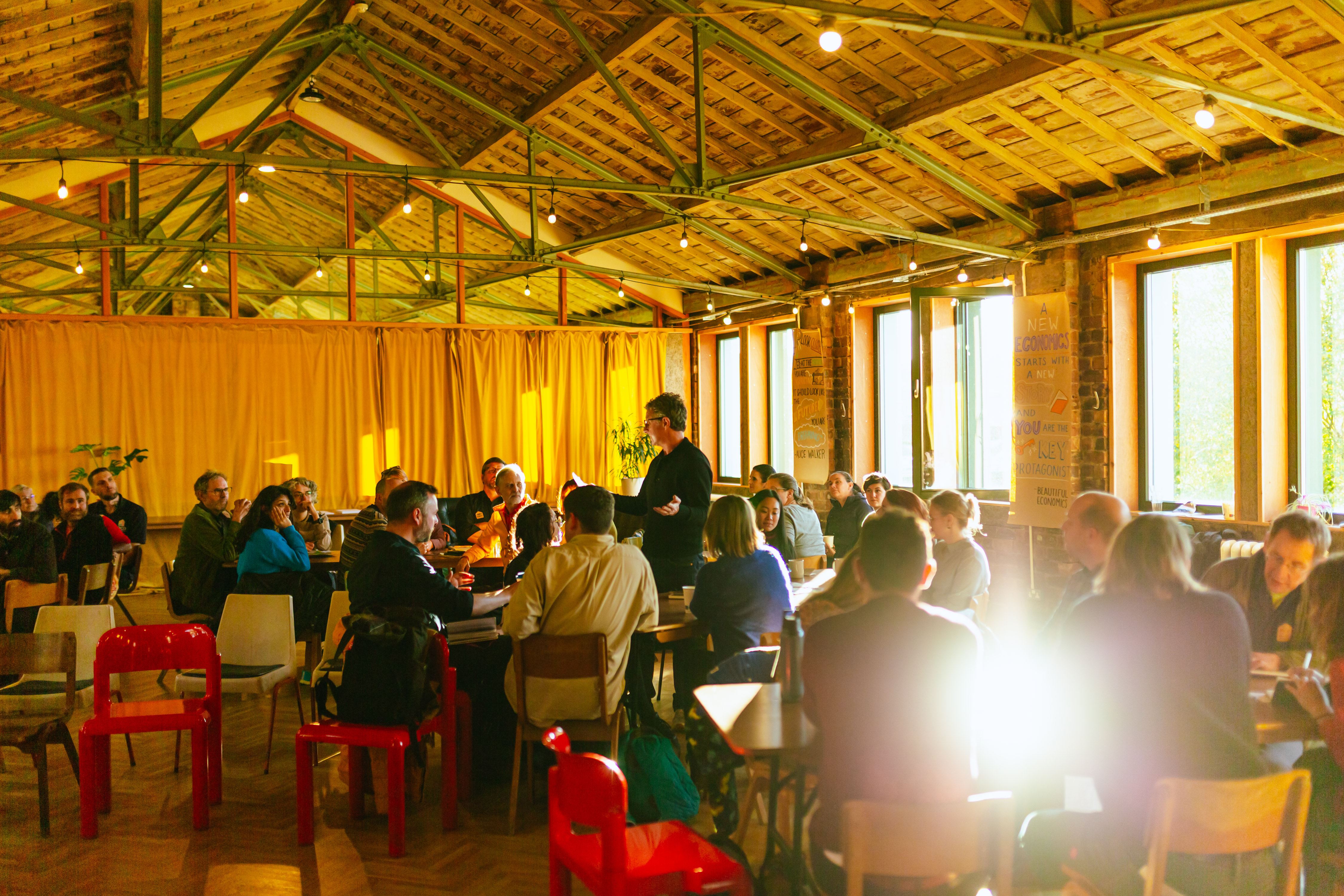
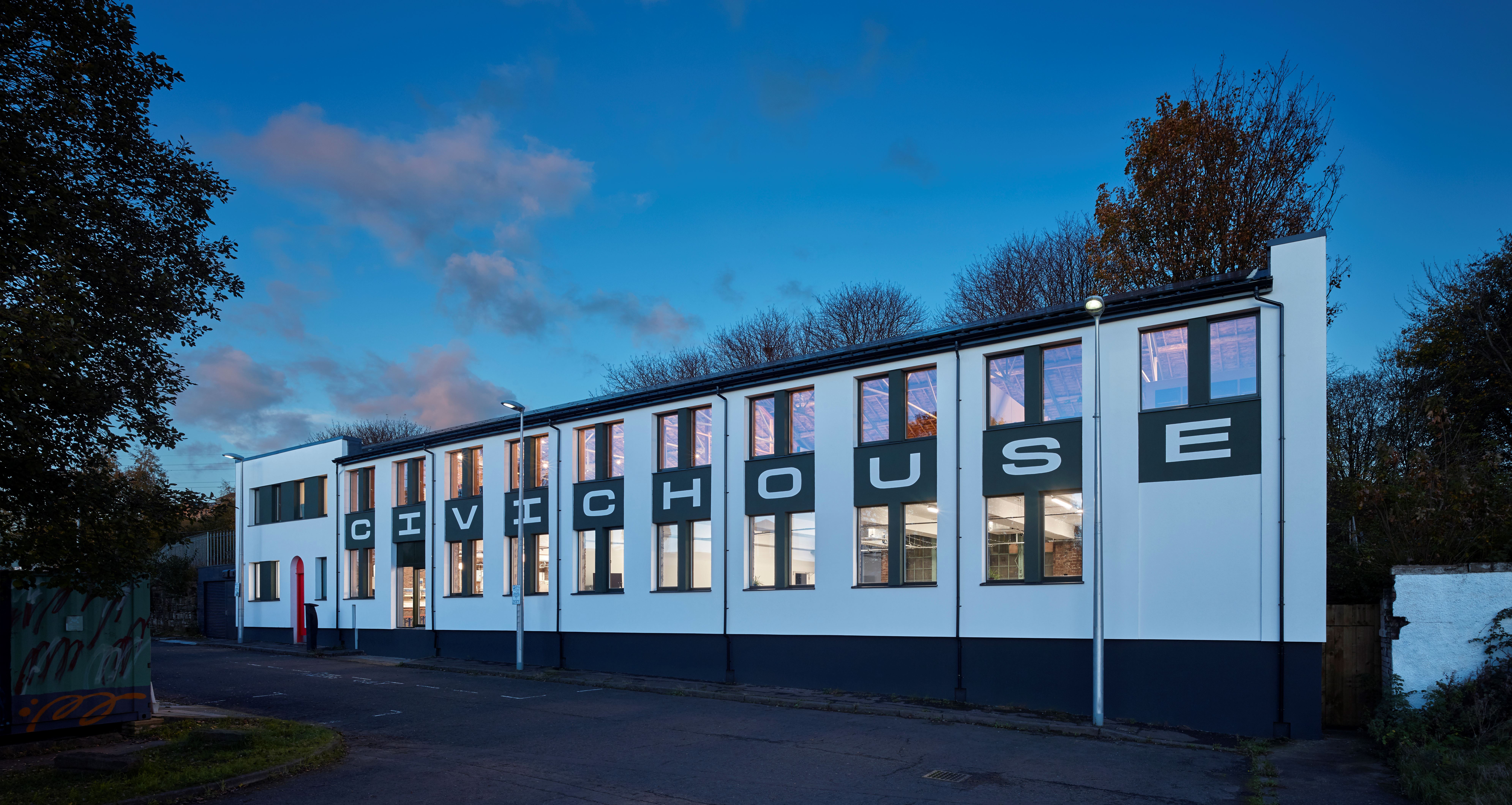
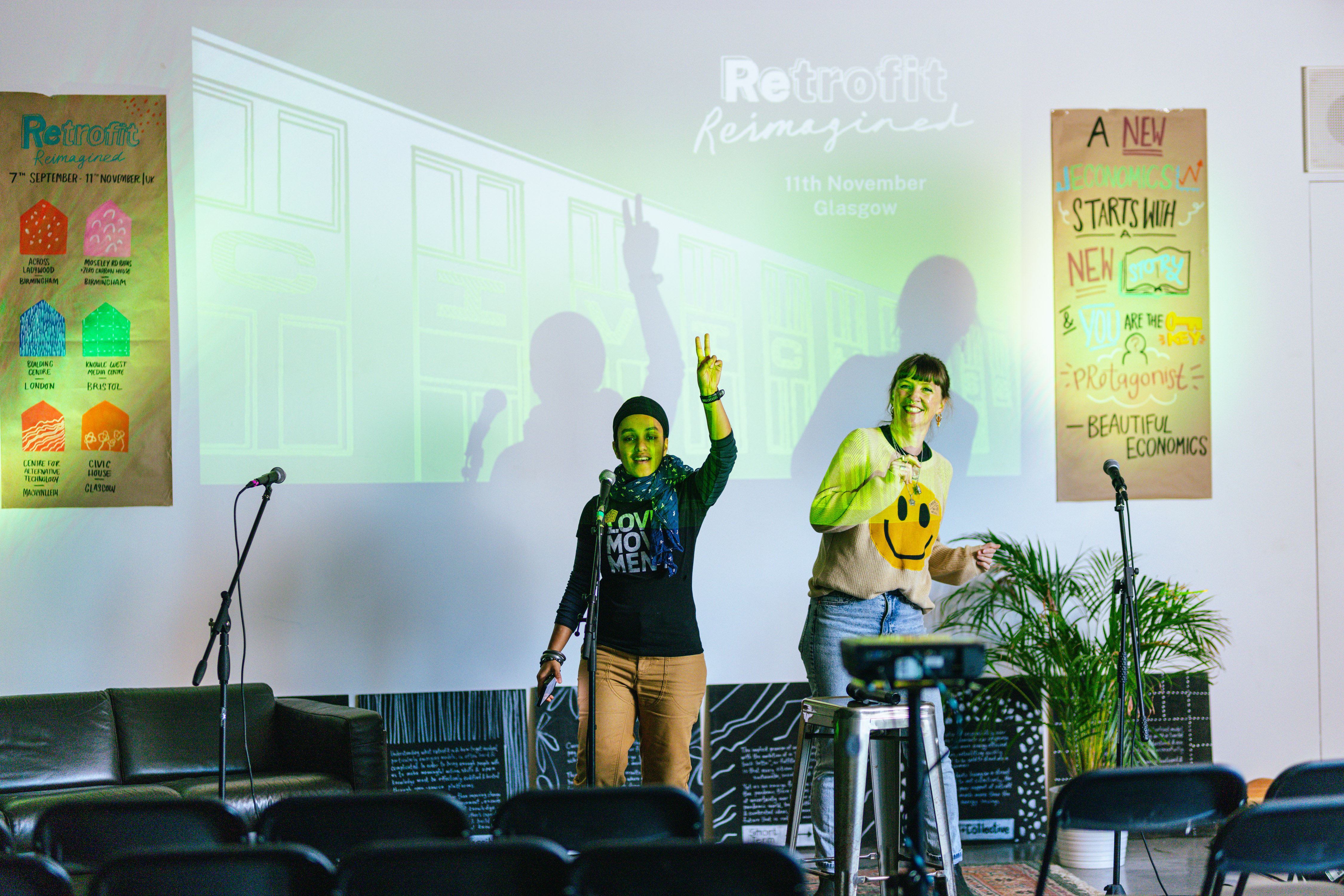
The building is already fulfilling its purpose as a micro power station. During the 12 months from January 2022 to January 2023, it used just 1684kWh of gas and 9706kWh of electricity, while generating 30,780kWh of electricity – equating to a net energy gain of 19,390 kWh. As the co-working space and canteen were not in use during the first part of 2022, the energy usage for 2023 is likely to be a little higher, but Agile City is confident that the building will continue to be a significant net energy generator.
Rob says, “Our main objective is to be a space for social enterprise. When you look at what we have done in terms of retrofit we have been beavering away at a very local, granular level. But when you place that in the context of the wider retrofit agenda, you realise how urgent the issue is and how big a role organisations like Agile City and buildings like Civic House can play in bringing local communities and buildings back to life.”
Making the business case for retrofit
Reflecting on the experience of retrofitting the old printworks, Rob remarked, “Working with Collective Architecture was a way for us to take a lot of the learning that they had from other projects and apply it to a different typology of building. We think that by doing that, demonstrating the potential and documenting it properly, we’ve started to make the wider case for this approach’s economic advantages.”
For Civic House specifically, one of these economic advantages has been being able to withstand the changing energy prices and increases by generating their own energy and reducing the building’s energy demands.

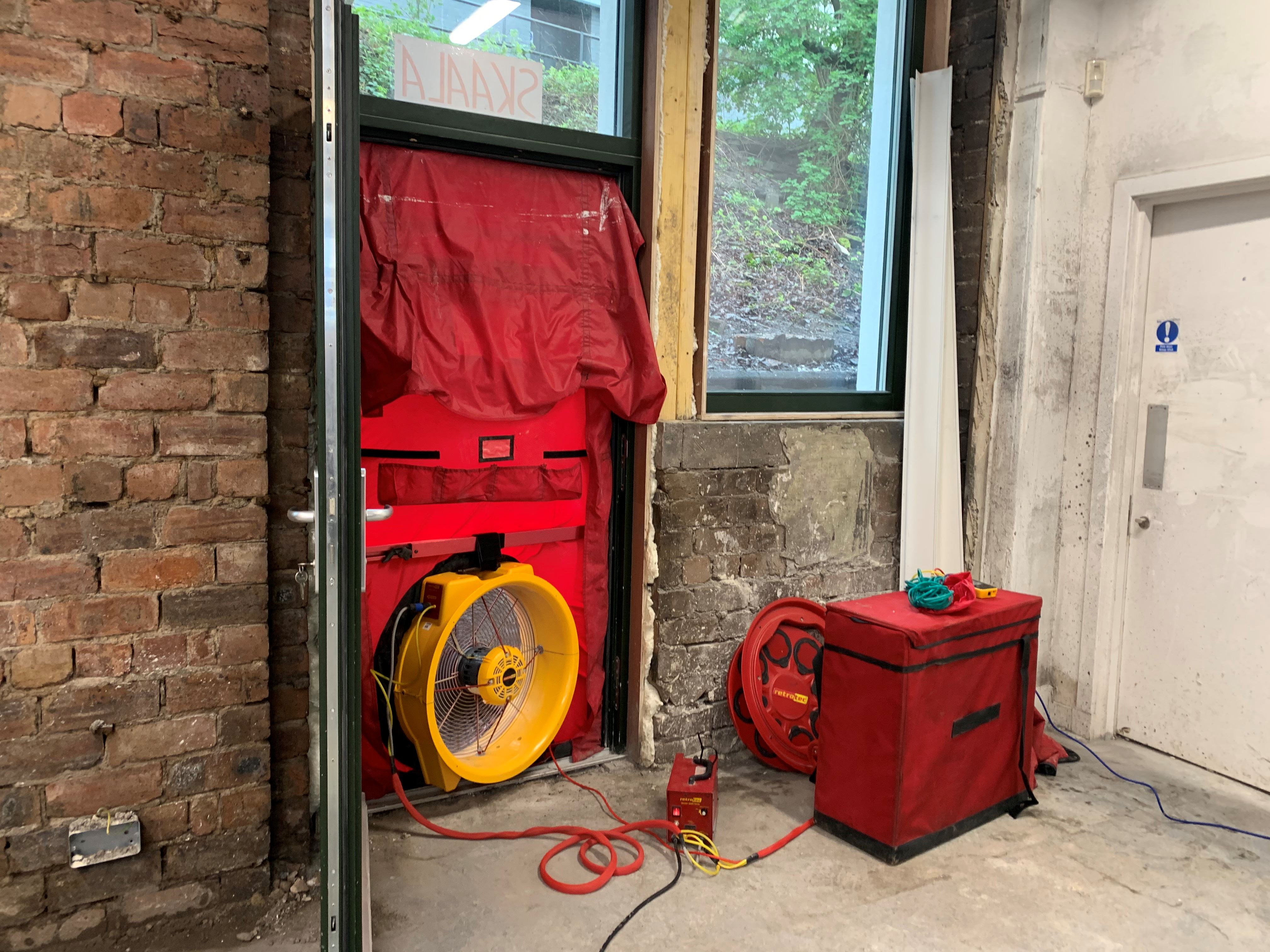
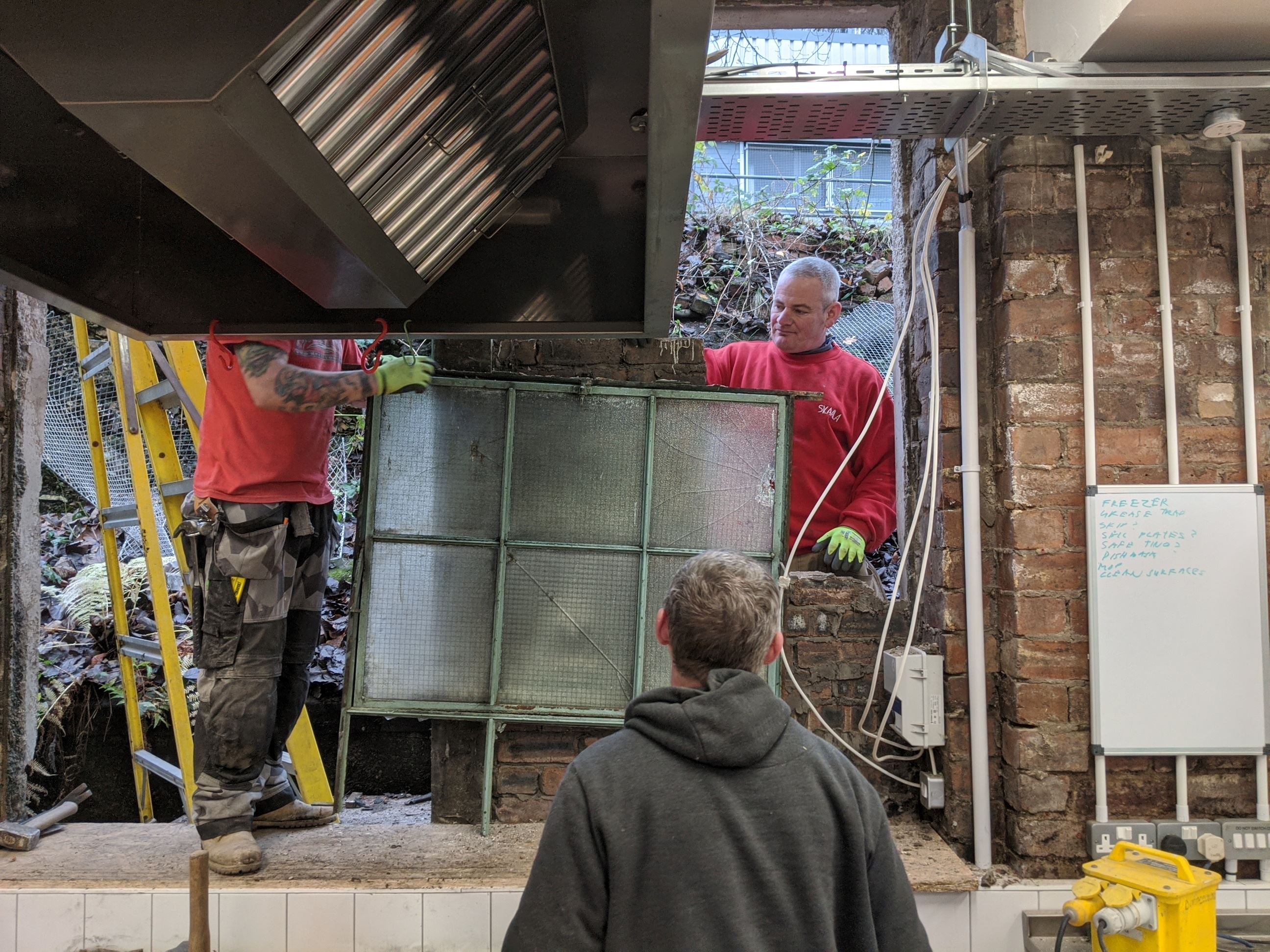
What’s next for Civic House?
Civic House is currently looking at developing a Community Retrofit Studio. Instead of taking on more buildings to upgrade, the studio would be there to create a space for other organisations to learn about retrofit and start their own journey. The studio will promote collaboration between people working in public sector, businesses, local communities and educators.
On top of this, Civic House recently played host to the Glasgow ‘arm’ of Retrofit Reimagined - a festival bringing together gatherings across the country to take part in practical, immersive learning and new public-civic settlement conversations. It is hoped that Civic House could organise and host events like this on a quarterly basis.
The Agile City team is also developing a residency programme for the building.
The A-Z Hero Award
Civic House won the Accelerate to Zero Award – the flagship award for the night. Tis award recognises the best overall contribution to decarbonising the built environment. The judges were looking for organisations and individuals who are making a wider impact on society and challenging the status quo.
The judges were impressed by the social and environmental aspirations of Agile City and the work it’s done through Civic House.
Reflecting on winning this award, Rob said, “It's meant a huge amount to us to be recognised by people working professionally at such a high level like BE-ST and the judges. It’s given me and the team a real sense of validation. It's easy to think that everyone believes their own work is important, but it's nice for someone else to recognise that what you're doing has impact and that's motivating for us.”
The future of the built environment
We finished our conversation with Rob speaking about his vision for the built environment and the role it can play in the just transition to net zero. He reflects, “It’s really easy for architects to think that they are responding to the whims of the market and client briefs alone. But there’s so much value that they can bring if they are proactive in considering retrofit and citizens in their work.”
He added that, “It’s important that we use our skills to do what we can to change the mindset around what buildings can achieve. Building something new isn’t always the answer.”
Architects have a role to play in making sure the built environment supports the transition. In lots of different ways, whether it's retrofit, new build, and so on, engaging people in a practical way around the buildings that they occupy and the cities that they live in, can make a huge difference. Rob MorrisonDirector of Agile City
Accelerate to Zero Awards 2024
Interested in being involved in this year’s Accelerate to Zero awards, either as a sponsor, applicant or attendee at the awards?
Photo credit: Agile City; Tiu Makkonen; Andrew Lee

